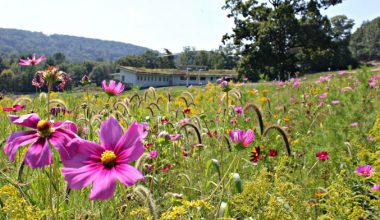Biodynamic Craniosacral History
Posted on September 15, 2016 in Biodynamic Craniosacral
All living things express the wonder of life with motion. All healthy living tissues gently “breathe” with the motion of life at the deepest level of cellular function.
The presence of subtle rhythms in the body was discovered and named by osteopathic physician Dr. William Sutherland (1873-1954). Dr. Sutherland viewed the human body as living structure. Dysfunction or impairment in one area would compromise the entire structure. The central nervous system was in constant rhythmic motion with the fluctuation of cerebrospinal fluid. This fluid is the main driving force and primary healing agency essential to human health. The bones of the skull are designed for this breathing movement or primary respiration, the first “breathing” of the human body. This is a property of all body tissues and fluids.
Dr. John Erwin Upledger (1932-2012), an osteopathic physician, observed this rhythmic movement during a surgical procedure involving the meninges of the nervous system. He served as clinical researcher and Professor of Biomechanics at Michigan State University from 1975-1983. He scientifically validated the palpable motion of the fluctuation of cerebrospinal fluid production and reabsorption as a pressurestat model. This six to eight second cycle rhythm is vitally important for nervous system function and healing and was named the craniosacral rhythm. Craniosacral was named as a healing profession.
The craniosacral science and development continued with scientists, doctors and teachers. The craniosacral concept was further developed by Franklyn Sills into a Biodynamic model. The motilities of life formation are an expression of a primary respiratory motion that is a critical factor in determining our state of health. If the body is able to express the subtle rhythmic motion, our blueprint for health is able to manifest and wholeness and wellbeing follow.
The Upledger Institute and exceptional Biodynamic teaching teams now teach the science and art of Craniosacral Therapy throughout the world.




